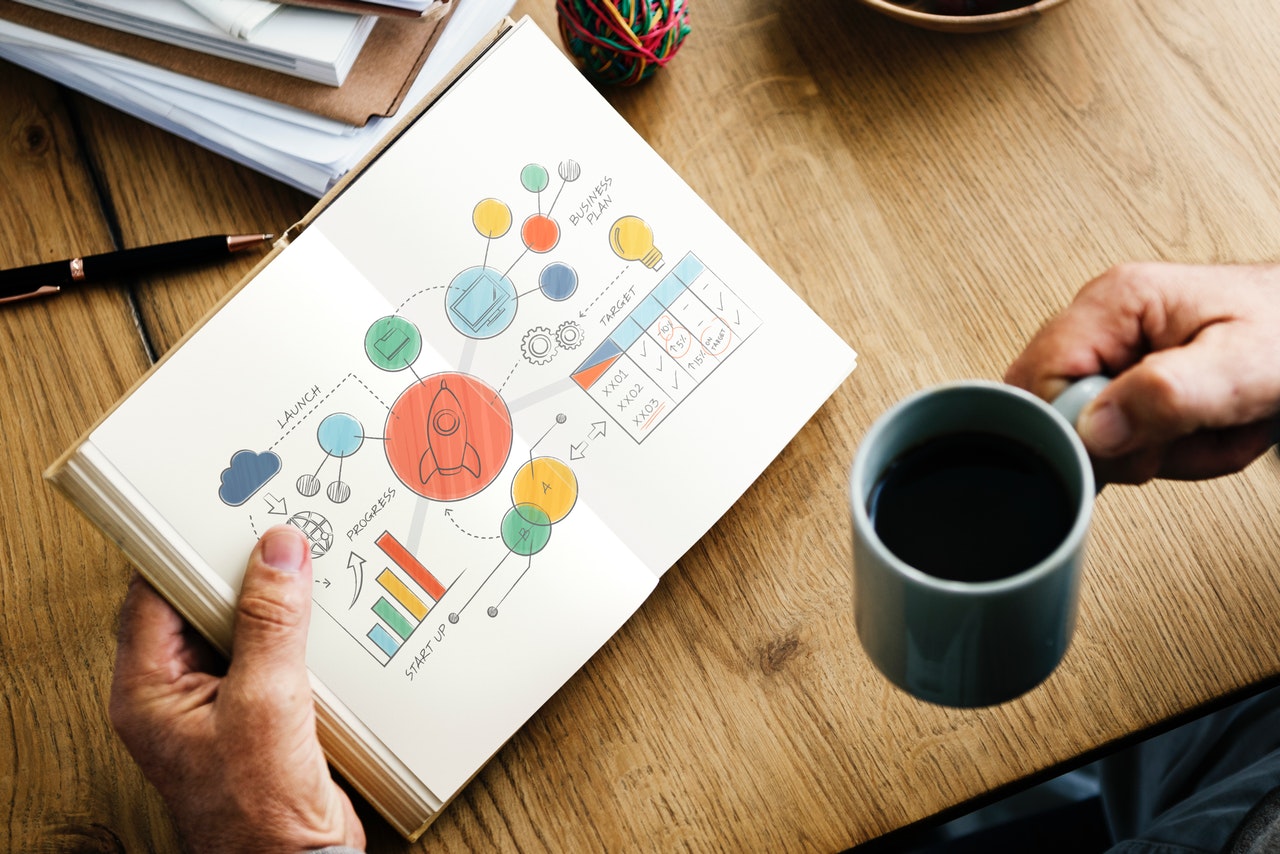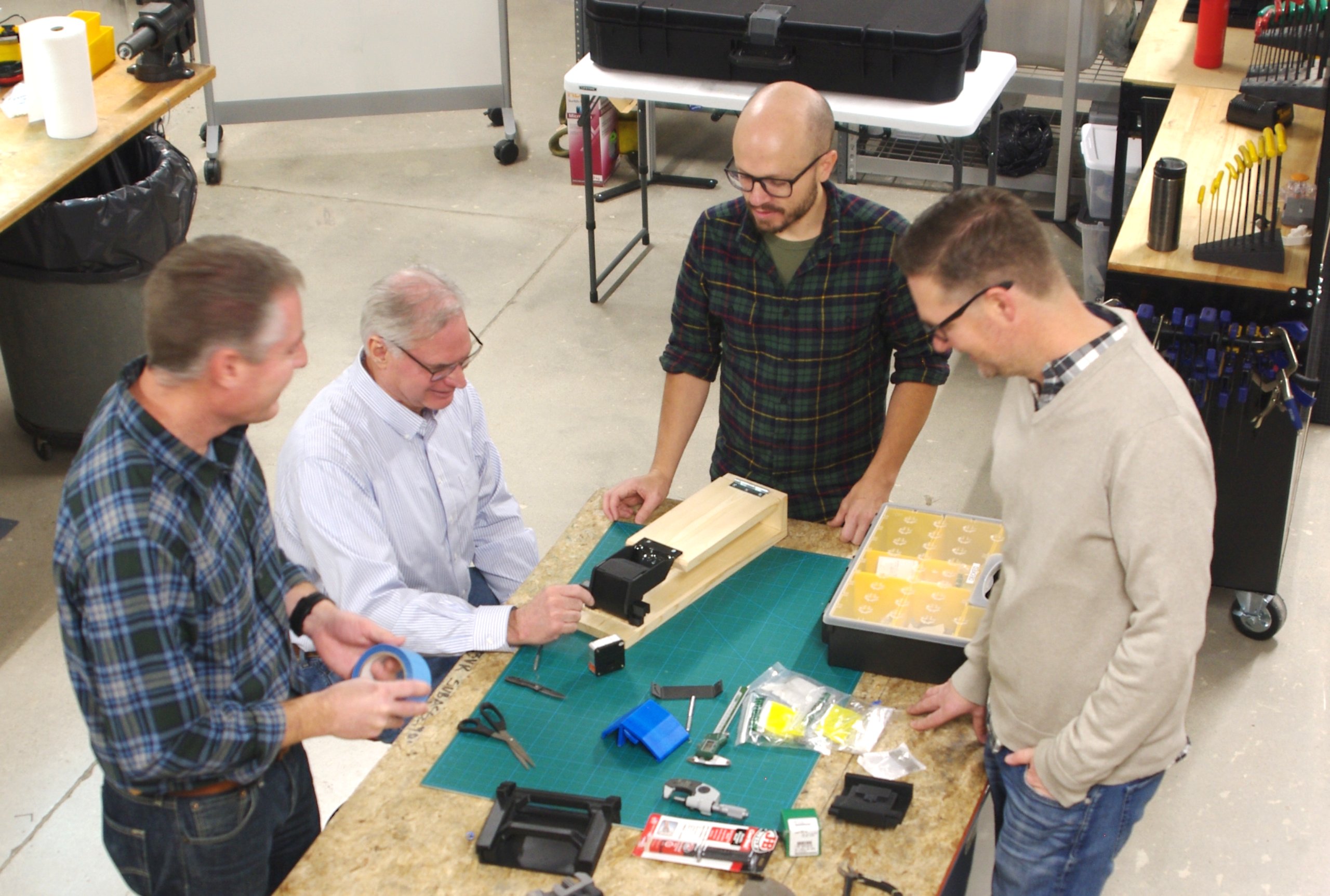Mature businesses are keenly aware of the resources and investment required when commercializing an idea. However, startups and emerging businesses may not be as familiar with the process. In our years helping businesses both large and small to develop meaningful new products and equipment, we have refined an approach that reduces development risk and increases the chances of commercial success — even for smaller companies.
Are you are a startup or emerging business and are not sure where to begin? Here is a high-level description of the steps required to design and engineer a product, from pre-concept to manufacturing.
1. Find the gap.
In an ideal development scenario, a business would identify a gap in the marketplace or a market need. Furthermore, they would have reason to believe that their business is positioned to fill that gap with a product the market is willing to pay for. Finding this gap is the first step in commercializing an idea.
2. Product specification.
In parallel, development or a product specification begins. The specification is a living document that captures design constraints and a potential product’s feature set. Sometimes a use case is included in the specification as well (particularly if software/firmware is part of the development effort).
The specification serves to focus later development and helps the team realize when scopes drift, or when unneeded features creep their way into the product. The output of this phase is typically hand sketches, 3D CAD models, specification documents, and use cases.
3. Concepting.
Once the market need has been identified and a specification has been defined, the development team can focus on defining concepts that provide feature sets that address that need. At this stage, the unconstrained, creative approach is best. Having fresh eyes on the problem can identify design ideologies that a business’s internal teams may have missed.
4. Preliminary design.
Using the concept and spec work as a starting point, preliminary design and engineering can now begin. In early development, the focus should be on the highest risk items. For example, if the success of the product hinges upon achieving a certain feature, initial development engineering should focus on solutions that determine whether this is feasible.
The output of this phase may be a very rough lab prototype (what we refer to as Level 1), 3D CAD models, and preliminary software. These are then used for validation testing.
5. Design iteration.
The design can now be iterated based on our findings from the prior phase. Testing of the Level 1 prototype will identify problems and opportunities that should lead to new designs, feature set trade-offs, etc.
In this phase, rapid cycles of development should be applied to quickly prototype different variations of the design. Focus areas should include nearly all aspects of the product: mechanisms, PCBAs, enclosures, firmware, software, etc. It’s not unheard of for businesses to run through anywhere from ten to one hundred design/prototype iterations in this stage.
6. Design optimization.
After rapid cycles have been used to refine the feature set and overall product configuration, the design must be optimized for production. This includes refining the fit and finish, designing for durability, and identifying novel design approaches that reduce production cost.
This development stage should also include prototype development, but the focus here is a little different than the prior phase. For instance, the manufacturer should be engaged and provide input for the design to ensure it is compatible with their constraints and equipment.
Outputs of this phase include refined 3D models, Level 4 prototypes, final firmware, and BOMs for production quoting. A final round of market testing to validate the sales price is common at this point, as well as preliminary durability testing.
7. Finalize, product start.
Now, for the next step in commercializing an idea: it’s time to invest in production tooling. At this point, the design of the product is paused, but final firmware/software iteration may still be happening.
The manufacturer will now be making (or purchasing) the production tooling required to make the first production units. A stream of initial production units will be reviewed by the development team.
8. Regulatory Work.
Since most regulatory testing must be done with actual production units, this step can now begin. Standards and test requirements would have been identified in the product specification stage and inputs would have been designed through the development process.
Ideally the products would pass all testing the first time, but often, changes are necessary.
9. Post-launch support.
Once the product is selling, the business will need to support users, address any warranty issues, and plan for product improvements, product line additions, and supply chain changes. This can include ongoing software updates and support — particularly if the product is linked to an iOS or Android app.
A common problem businesses deal with post-launch is that critical internal components become obsolete. In these cases, the development team re-engages with the business to redesign subsystems as required to accommodate substitute components. (This is often possible without the market even noticing.)
Final Thoughts About Commercializing an Idea
So, what does all this cost? The answer is driven by many variables, including what the intended feature set is, how many design iterations are needed in development, and how much firmware and/or software (if any) needs to be developed for the product. But it’s important to know that commercializing an idea isn’t cheap.
It is safe to say that most businesses developing an IoT device or other electronics product will invest well into six figures for development engineering and prototyping. Mature businesses will often fund this with cash flow from existing products. However, when commercializing an idea, startups and emerging businesses will often want to focus on getting to a good Level 2 prototype. This can be used as a demonstration tool for outside investors.
The process described above focuses on the design and engineering portion of a product development effort. In parallel to this, it’s crucial that marketing, sales, and finance efforts constantly provide input to the development process, and ensure that the investment in development is justified.
In fact, when commercializing an idea, the importance of the sales and marketing element cannot be understated. Successful businesses are expert in developing distribution channels and sales efforts as well as product awareness.
Did you find this guide useful? If you need guidance in developing your new product, equipment or industrial system, let our team of experienced designers and engineers help.
.jpg)



